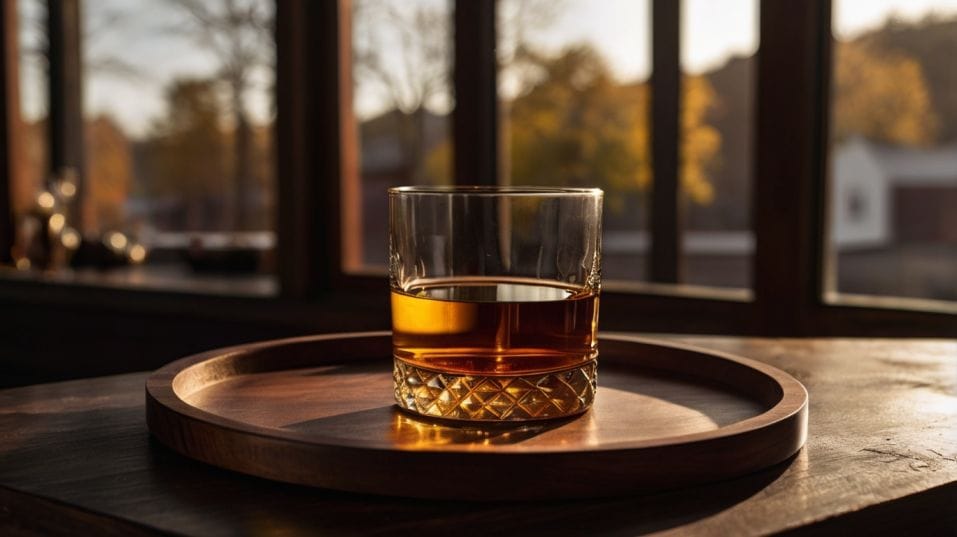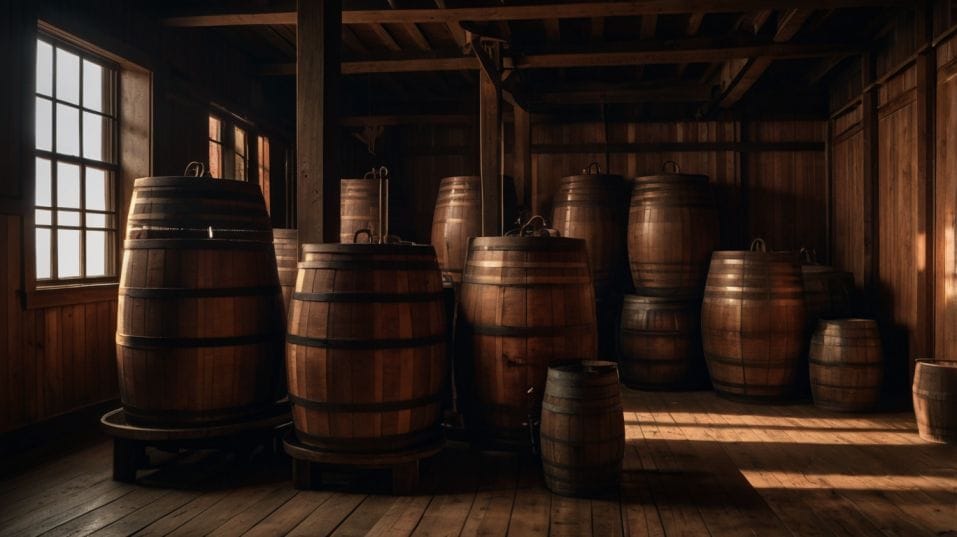Canadian Whiskey: What You Didn't Know
Canadian whiskey is quietly brilliant. Learn how to taste, collect, and decode it—perfect for new whiskey drinkers building real knowledge.

Think Canadian whiskey is just cheap and smooth? Think again. What if the quietest style on the shelf is actually the most technical?
If you're new to whiskey but hungry to learn—how to taste, how to choose, how to build a serious collection—Canada deserves your attention.
Its whiskeys don’t shout. They reveal. And once you know how to listen, you’ll hear some of the smartest whiskey-making on the planet.
Canada’s Rulebook: Looser, Smarter, More Creative
Let’s start here: Canadian whiskey operates with one of the most flexible regulatory frameworks in the whiskey world.
This isn’t a free-for-all, but compared to the tight definitions choking innovation in places like Kentucky or the Highlands, Canada plays with more room to move.
Distillers can ferment, distill, and age different grains separately—then blend them with precision. They can use a mix of still types, tweak barrel strategies, and age whiskey in a wide variety of climates across the country.
They can even use up to 9.09% of other spirits or wine in a blend, although the best producers don't lean on that crutch.
This flexibility isn’t a loophole—it’s a tool. In the right hands, it unlocks serious artistry. But it also means you can’t just judge Canadian whiskey by age, price, or even label design. You’ve got to taste with intent.

Grain as Strategy, Not Just Flavor
In most whiskey categories, grains are locked in from the start. Bourbon needs at least 51% corn. Scotch malt has to be all barley. Canadian distillers aren’t boxed in that way—and they don’t treat grain as a background player.
Each grain is fermented and distilled independently. Corn brings body and sweetness. Rye adds bite and lift. Barley contributes weight and depth.
Wheat softens the edges. Each is handled in isolation before the final blend. This gives the blender surgical control over balance, structure, and expression.
Training Your Palate with Grain Recognition
For you, the drinker, this means you can develop a more nuanced palate. Start with a bottle labeled “100% rye” and taste that raw spice and texture.
Then try something where rye is just 10% of the blend. You’ll begin to recognize grain signatures like fingerprints. You won’t need tasting notes—your mouth will tell you what’s in the glass.
Still Types: A Tactical Advantage
Don’t sleep on the stills. Canadian whiskey makers don’t just use pot stills for tradition or column stills for scale. They use both, sometimes within the same product line.
Column distillation offers high purity and lighter texture. Pot distillation brings weight, oiliness, and flavor volatility. In Canada, these aren’t ideological choices—they’re strategic moves.
Tasting for Structure, Not Just Flavor
Some distillers use high-proof continuous stills to strip the grain down to a neutral base, then build complexity through barrel and blend.
Others favor small-batch pot still runs to preserve every raw, volatile note. The best producers play both sides—like a chef using reduction and sear in the same dish.
Your job is to taste for structure. Is the whiskey light and clean with a fast finish? That’s likely a column-distilled base. Is it rich, oily, clinging to the tongue with a long fade?
You’re probably sipping pot still content. Once you get a feel for these differences, you start to build a palate that sees under the hood.
Oak and Aging: Slow Burn, High Reward
Aging in Canada is slow. The northern climate doesn’t swing like Kentucky summers. There’s less barrel expansion and contraction.
Less evaporation. That slower pace allows for longer aging without over-oaking the spirit, giving you flavor integration instead of wood overload.
Distillers aren’t tied to new oak either. They use ex-bourbon barrels, wine casks, sherry butts, and re-charred Canadian barrels. This variety opens up a huge range of aging profiles.
Spice-forward rye can mellow in port casks. Sweet, soft corn whiskey can tighten up in toasted oak. The combinations are endless, but when done well, they produce whiskey with layers—not just heat and wood.
Age Is a Clue—Not a Guarantee
The lesson here? Don’t equate age with quality. Look at how the aging was handled. Was it aged in a dry, cold climate? What type of barrel? What grain base? These variables matter far more than a number on a label.
Blending: Canada’s Secret Weapon
In most whiskey regions, blending is either a commercial necessity or a dirty word. In Canada, it’s a craft.
The best producers treat blending like alchemy—tasting dozens of component whiskies, each aged and distilled differently, then combining them in ratios that build contrast and coherence.
Understanding Complexity Through Contrast
Blending is where Canadian whiskey can genuinely outclass its peers. The best blends don’t just taste “smooth.” They unfold.
First the grain, then the barrel, then the fade. They rise, dip, and resolve like a piece of music. If you’re chasing complexity, this is where to hunt.
The more you taste, the more you’ll notice: great Canadian whiskeys don’t punch you in the mouth. They sneak up on you. That’s a skill worth learning—because anyone can taste something loud. Only a trained palate hears the quiet notes.
Collecting Canadian Whiskey with Purpose
If you're building a whiskey collection, Canada is still full of undervalued, under-hyped treasures.
While bourbon chasers fight over unicorns and Scotch collectors hoard the same 12 names, you can be quietly picking up well-aged, grain-specific, creatively finished bottles for a fraction of the cost.
Build a Collection That Builds Your Palate
But don’t just buy for age or rarity. Buy to learn. Choose a bottle that’s 100% corn, then one that’s 100% rye. Taste the difference. Find a wine-cask finish.
Try a single-barrel release from a lesser-known distillery. Every bottle should add a chapter to your education.
Over time, you’ll build not just a collection—but a tasting library. You’ll know what you like and why. That’s real confidence. And that’s what separates collectors from casual drinkers.
Final Thoughts
Canadian whiskey isn’t a backup plan. It’s not a training wheel. It’s a category built for people who care about flavor, process, and control.
It rewards slow drinking and sharp thinking. It’s where subtlety replaces swagger, and precision replaces hype.
If you’re serious about whiskey—about flavor, about technique, about learning what matters—start exploring Canadian whiskey with intent.
Don’t chase bottles. Chase knowledge. Tonight, pour something with rye in it. Then something without.
Ask yourself what’s changing in the glass. Learn what you’re tasting. You’re not just building a palate. You’re building a skillset. Start today.




